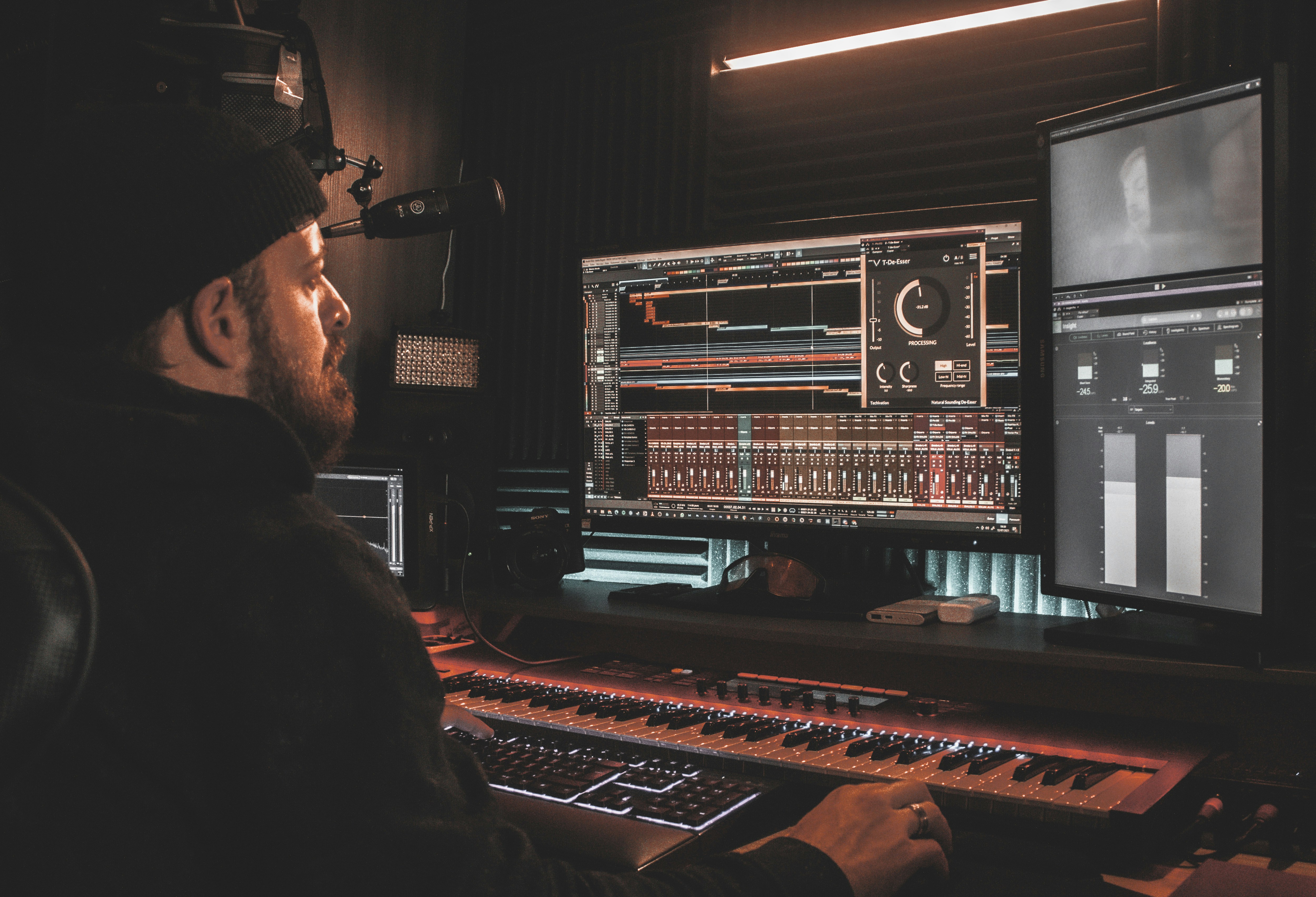Beginner's Guide to Sync Licensing
Sep 28, 2024
|
4
min read
If you’ve never heard of sync licensing, you’re not alone. It’s a hidden gem in the music industry that many musicians, producers, and songwriters don’t know about. But here’s the good news—sync licensing can be one of the best ways to make money from your music without needing to top the charts. In simple terms, sync licensing is when your music gets paired with visual media like TV shows, movies, commercials, video games, or even YouTube videos. It’s an incredible opportunity to not only get your music heard but also to get paid for it.
What Is Sync Licensing?
Sync (short for synchronization) licensing is when your music gets paired with visual media—think TV shows, movies, commercials, video games, and even YouTube videos. It’s one of the fastest-growing ways to make money from your music, and the best part? You don’t have to be a chart-topping artist to land a sync deal.
How Does Sync Licensing Work?
Imagine this: you’re watching a Call of Duty trailer, and that killer track in the background? That’s a sync deal. In fact, Vince Staples, an artist who started out just like you, landed his song “War Ready” in a Call of Duty game, giving him massive exposure and a nice paycheck to go with it. That’s the power of sync licensing.
When your song is used in visual media, the creators of that media need permission to “sync” your music with their visuals. You’re basically renting out your music for them to use, and in exchange, they pay you for it. This can mean upfront fees, royalties, or both, depending on the deal.
How It Works: When you license your song for sync, you can get paid in a few different ways:
Upfront Sync Fee: This is the lump sum payment you receive when your song is licensed. The amount can range from a few hundred dollars for smaller projects (like indie films or YouTube videos) to thousands or even tens of thousands for big-budget productions (think major TV shows, video games, or commercials).
Backend Royalties: After your song is placed, you can continue to earn money through performance royalties every time the content featuring your music is aired. For example, if your song is used in a TV show that gets re-broadcast or streamed multiple times, you earn royalties each time it's played.
Licensing in Different Markets: Sometimes a song can be licensed for multiple markets (e.g., U.S., international, streaming platforms, etc.), each offering its own revenue stream. The more exposure, the more income potential.
What Does a Sync License Typically Look Like?
A sync license agreement has a few key components, and understanding these basics will help you navigate the sync world:
Synchronization Rights: This gives the media creator (the TV network, film studio, video game company, etc.) permission to use your song in sync with their visuals. It's a one-time right to sync your music for that specific project.
Master Use License: If you own the actual recording (the “master” of the song), you'll also need to grant a master use license. This gives the media creator permission to use your recording. If you don’t own the master, but you’re a songwriter or producer, you’ll need to clear this with whoever owns the recording rights (a label, for example).
Territory & Duration: The sync license will specify where (geographically) and for how long the song can be used. For example, it could be a global license for five years, or it could be limited to a particular region for a shorter duration.
Exclusivity: Some sync deals may require exclusive rights, meaning you can’t license the same song to another project during the same time. Non-exclusive deals give you more freedom to license your music to multiple projects.
Usage Type: The agreement also specifies how your music will be used. Is it background music, or will it play a central role (e.g., featured in a key scene or commercial)? The more prominent the placement, the higher the payout.
Why Should You Care About Sync Licensing?
For a lot of independent musicians, sync licensing is like finding hidden treasure. Here’s why:
Revenue: Sync deals can pay anywhere from a few hundred to thousands of dollars for a single placement.
Exposure: Your music gets heard by a wider audience, whether it's a TV show binge-watcher or a gamer.
Long-Term Value: Once your song is in a show, movie, or game, it stays there forever, which means it could generate royalties for years to come.
How Do You Get Started with Sync Licensing?
You might be thinking, “Okay, this sounds awesome, but how do I actually land a sync deal?” Here’s a simplified roadmap to get you started:
Get Your Music Right: Make sure your tracks are high-quality and well-produced. Sync opportunities often require instrumental versions of songs, so have both vocal and instrumental tracks ready.
Learn to Pitch Your Music: Sync licensing is competitive, but you can increase your chances by submitting to music libraries, connecting with sync agents, or even pitching directly to production companies.
Stay Consistent: Sync deals won’t come overnight. Keep submitting your music, learning from each opportunity, and improving your craft.
Our Sync Story: We’ve personally landed hundreds of sync deals, adding a substantial revenue stream to our music business. Now, we want to help you do the same! Whether you’re just starting or you’ve got a few tracks ready to go, sync licensing can open up new doors for your career.



